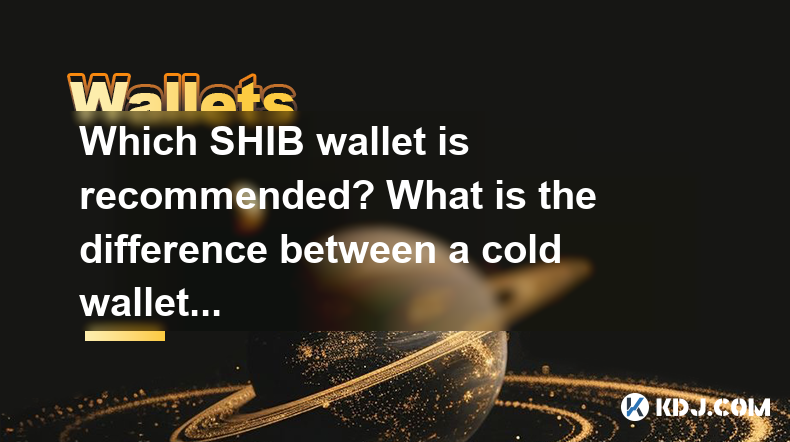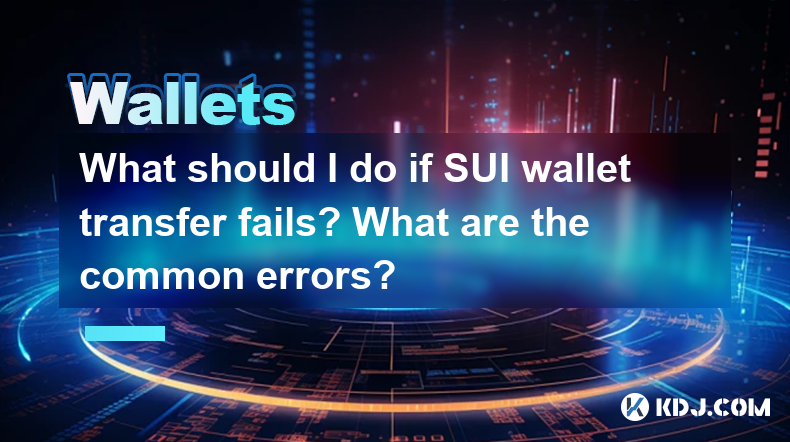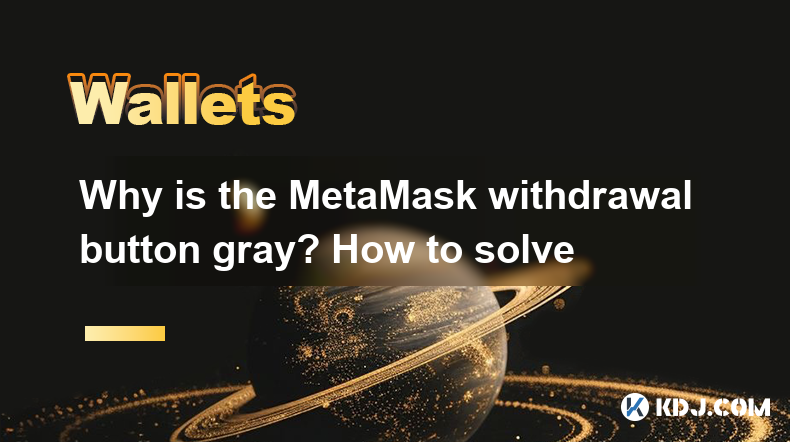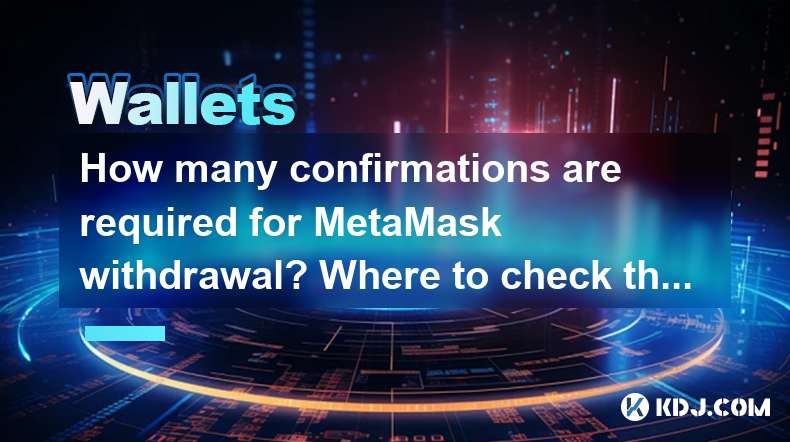-
 Bitcoin
Bitcoin $94,714.4389
-0.29% -
 Ethereum
Ethereum $1,803.4524
-0.61% -
 Tether USDt
Tether USDt $1.0001
-0.03% -
 XRP
XRP $2.2093
-3.16% -
 BNB
BNB $599.7431
-0.28% -
 Solana
Solana $147.2526
-0.95% -
 USDC
USDC $1.0001
0.00% -
 Dogecoin
Dogecoin $0.1742
-1.92% -
 Cardano
Cardano $0.6893
-2.17% -
 TRON
TRON $0.2469
0.34% -
 Sui
Sui $3.4819
-1.65% -
 Chainlink
Chainlink $14.4177
-2.59% -
 Avalanche
Avalanche $21.1959
-2.77% -
 Stellar
Stellar $0.2724
-2.29% -
 UNUS SED LEO
UNUS SED LEO $9.0463
0.59% -
 Toncoin
Toncoin $3.2007
-0.24% -
 Shiba Inu
Shiba Inu $0.0...01336
-1.65% -
 Hedera
Hedera $0.1843
-2.12% -
 Bitcoin Cash
Bitcoin Cash $367.5524
-0.59% -
 Polkadot
Polkadot $4.1359
-1.61% -
 Litecoin
Litecoin $84.4117
-2.21% -
 Hyperliquid
Hyperliquid $18.9168
0.03% -
 Dai
Dai $1.0000
-0.01% -
 Bitget Token
Bitget Token $4.3285
-1.35% -
 Monero
Monero $271.4103
0.27% -
 Ethena USDe
Ethena USDe $1.0003
0.07% -
 Pi
Pi $0.6159
5.36% -
 Pepe
Pepe $0.0...08957
-0.84% -
 Uniswap
Uniswap $5.3425
0.41% -
 Aptos
Aptos $5.4013
-2.47%
How do Web3 developers use wallets to build trading applications?
Web3 developers leverage wallets like MetaMask to interact with blockchain and decentralized applications, facilitating the creation of trading applications for cryptocurrency transactions.
Oct 27, 2024 at 03:57 pm

How do Web3 developers use wallets to build trading applications?
Web3 developers use wallets to interact with the blockchain and decentralized applications (dapps). Wallets allow users to store, send, and receive cryptocurrency, as well as interact with smart contracts. Developers can use wallets to build trading applications that allow users to buy, sell, and trade cryptocurrencies.
1. Choose a wallet
The first step is to choose a wallet that supports the blockchain and dapps that you want to use. There are many different wallets available, so it is important to do your research and choose one that is secure and easy to use.
Some popular wallets for Web3 development include:
- MetaMask
- Coinbase Wallet
- Trust Wallet
- Binance Chain Wallet
2. Create a wallet address
Once you have chosen a wallet, you need to create a wallet address. This is a unique identifier that will be used to send and receive cryptocurrency.
To create a wallet address, follow the instructions provided by your wallet provider.
3. Fund your wallet
Before you can start using your wallet to build trading applications, you need to fund it with cryptocurrency. You can do this by buying cryptocurrency from an exchange or by receiving cryptocurrency from another user.
4. Connect your wallet to a dapp
Once you have funded your wallet, you can connect it to a dapp. This will allow you to use the dapp's features and interact with the blockchain.
To connect your wallet to a dapp, follow the instructions provided by the dapp developer.
5. Build your trading application
Now that you have connected your wallet to a dapp, you can start building your trading application.
There are many different ways to build trading applications. You can use a variety of tools and libraries to create custom applications or you can use pre-built solutions.
6. Test your application
Once you have built your trading application, you need to test it thoroughly to make sure that it works as expected.
You can test your application by sending and receiving cryptocurrency, and by interacting with smart contracts.
7. Deploy your application
Once you are satisfied with your application, you can deploy it to the blockchain.
To deploy your application, follow the instructions provided by the blockchain platform that you are using.
8. Monitor your application
Once your application is deployed, you need to monitor it to make sure that it is running smoothly.
You can use a variety of tools to monitor your application, such as logs and metrics.
By following these steps, you can build a trading application that allows users to buy, sell, and trade cryptocurrencies.
Disclaimer:info@kdj.com
The information provided is not trading advice. kdj.com does not assume any responsibility for any investments made based on the information provided in this article. Cryptocurrencies are highly volatile and it is highly recommended that you invest with caution after thorough research!
If you believe that the content used on this website infringes your copyright, please contact us immediately (info@kdj.com) and we will delete it promptly.
- NOIDA (CoinChapter.com) — Despite Favorable Technicals, XRP Price Underperforms BTC and ETH
- 2025-04-30 23:40:12
- Elderly US individual loses $330 million in Bitcoin to social engineering hack, now the fifth-largest crypto heist
- 2025-04-30 23:40:12
- Charles Hoskinson Takes a Jab at Bitcoin's Internal Struggles Over Controversial Code Update
- 2025-04-30 23:35:13
- How Much XRP Could Make You a Millionaire in Just a Few Years?
- 2025-04-30 23:35:13
- The U.S. Securities and Exchange Commission (SEC) has postponed decisions on the approval of ETFs for XRP and Dogecoin.
- 2025-04-30 23:30:12
- Solana (SOL) Surges Past Ethereum and Binance Smart Chain in Net Transfer Volume
- 2025-04-30 23:30:12
Related knowledge

Which SHIB wallet is recommended? What is the difference between a cold wallet and a hot wallet?
Apr 29,2025 at 07:42pm
When it comes to storing your Shiba Inu (SHIB) tokens, choosing the right wallet is crucial for the security and management of your digital assets. In the cryptocurrency world, wallets are categorized into two main types: cold wallets and hot wallets. This article will explore the recommended SHIB wallets and delve into the differences between cold and ...

How to store AVAX safely after purchase? Which is better, cold wallet or hot wallet?
Apr 28,2025 at 09:28pm
When you purchase AVAX, the native cryptocurrency of the Avalanche network, ensuring its safe storage is crucial. The choice between a cold wallet and a hot wallet depends on your specific needs, such as security, convenience, and frequency of transactions. In this article, we will explore both options in detail, helping you make an informed decision on...

What to do if LINK wallet transfer fails? FAQ
Apr 29,2025 at 06:08pm
If you encounter a LINK wallet transfer failure, it can be a frustrating experience. However, there are several steps you can take to diagnose and resolve the issue. LINK, or Chainlink, is a decentralized oracle network that provides real-world data to smart contracts on the blockchain. Ensuring that your LINK transfers go smoothly is crucial for partic...

What should I do if SUI wallet transfer fails? What are the common errors?
Apr 29,2025 at 01:14am
If you are experiencing issues with SUI wallet transfers, it can be frustrating and confusing. This article will guide you through the common errors that may occur during a SUI wallet transfer and provide detailed steps on how to troubleshoot and resolve these issues. Understanding Common SUI Wallet Transfer ErrorsSUI wallet transfer failures can stem f...

Why is the MetaMask withdrawal button gray? How to solve
Apr 28,2025 at 10:07am
When users encounter a grayed-out withdrawal button on MetaMask, it can be a source of frustration and confusion. Understanding why this happens and how to solve it is crucial for smooth transactions. The grayed-out withdrawal button typically indicates that certain conditions are not met, preventing the user from proceeding with a withdrawal. This arti...

How many confirmations are required for MetaMask withdrawal? Where to check the progress
Apr 28,2025 at 05:49am
When using MetaMask to withdraw cryptocurrency, understanding the number of confirmations required and how to check the progress of your transactions is crucial for a smooth experience. Confirmations refer to the number of blocks added to the blockchain after the block containing your transaction, which helps to verify and secure the transaction. This a...

Which SHIB wallet is recommended? What is the difference between a cold wallet and a hot wallet?
Apr 29,2025 at 07:42pm
When it comes to storing your Shiba Inu (SHIB) tokens, choosing the right wallet is crucial for the security and management of your digital assets. In the cryptocurrency world, wallets are categorized into two main types: cold wallets and hot wallets. This article will explore the recommended SHIB wallets and delve into the differences between cold and ...

How to store AVAX safely after purchase? Which is better, cold wallet or hot wallet?
Apr 28,2025 at 09:28pm
When you purchase AVAX, the native cryptocurrency of the Avalanche network, ensuring its safe storage is crucial. The choice between a cold wallet and a hot wallet depends on your specific needs, such as security, convenience, and frequency of transactions. In this article, we will explore both options in detail, helping you make an informed decision on...

What to do if LINK wallet transfer fails? FAQ
Apr 29,2025 at 06:08pm
If you encounter a LINK wallet transfer failure, it can be a frustrating experience. However, there are several steps you can take to diagnose and resolve the issue. LINK, or Chainlink, is a decentralized oracle network that provides real-world data to smart contracts on the blockchain. Ensuring that your LINK transfers go smoothly is crucial for partic...

What should I do if SUI wallet transfer fails? What are the common errors?
Apr 29,2025 at 01:14am
If you are experiencing issues with SUI wallet transfers, it can be frustrating and confusing. This article will guide you through the common errors that may occur during a SUI wallet transfer and provide detailed steps on how to troubleshoot and resolve these issues. Understanding Common SUI Wallet Transfer ErrorsSUI wallet transfer failures can stem f...

Why is the MetaMask withdrawal button gray? How to solve
Apr 28,2025 at 10:07am
When users encounter a grayed-out withdrawal button on MetaMask, it can be a source of frustration and confusion. Understanding why this happens and how to solve it is crucial for smooth transactions. The grayed-out withdrawal button typically indicates that certain conditions are not met, preventing the user from proceeding with a withdrawal. This arti...

How many confirmations are required for MetaMask withdrawal? Where to check the progress
Apr 28,2025 at 05:49am
When using MetaMask to withdraw cryptocurrency, understanding the number of confirmations required and how to check the progress of your transactions is crucial for a smooth experience. Confirmations refer to the number of blocks added to the blockchain after the block containing your transaction, which helps to verify and secure the transaction. This a...
See all articles




















































































